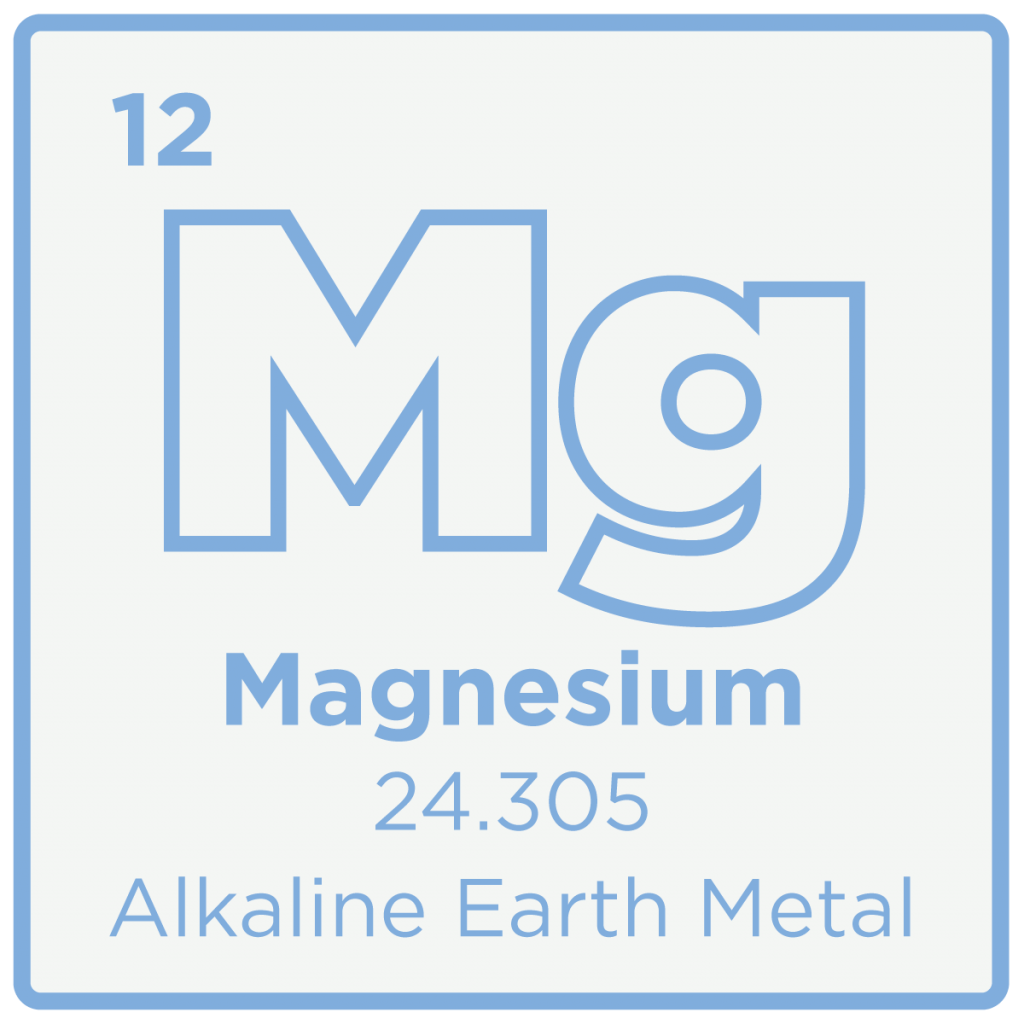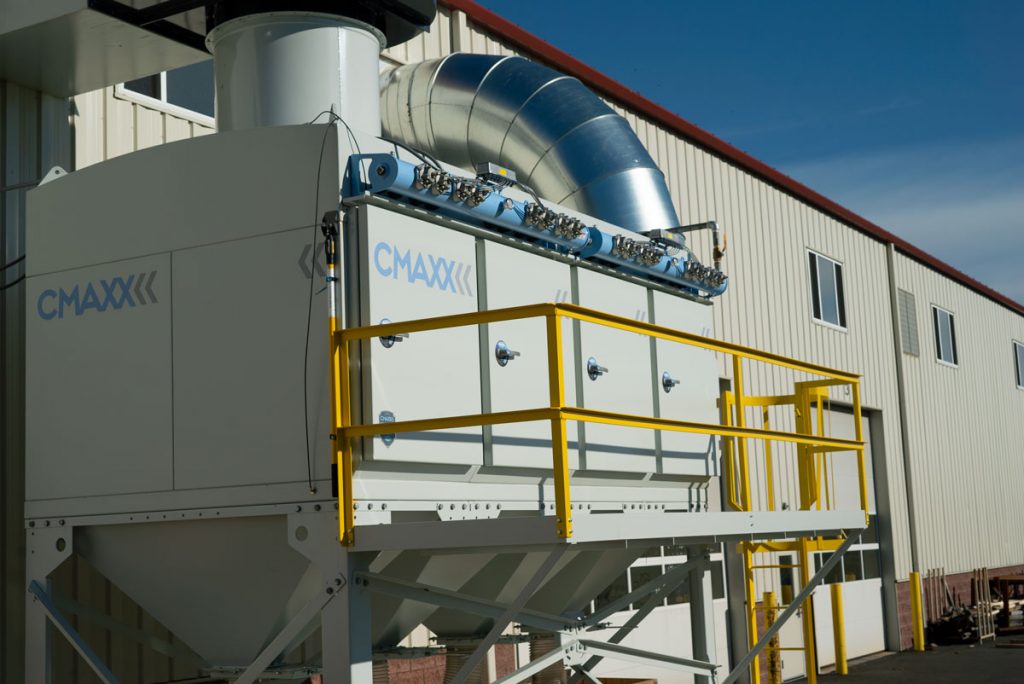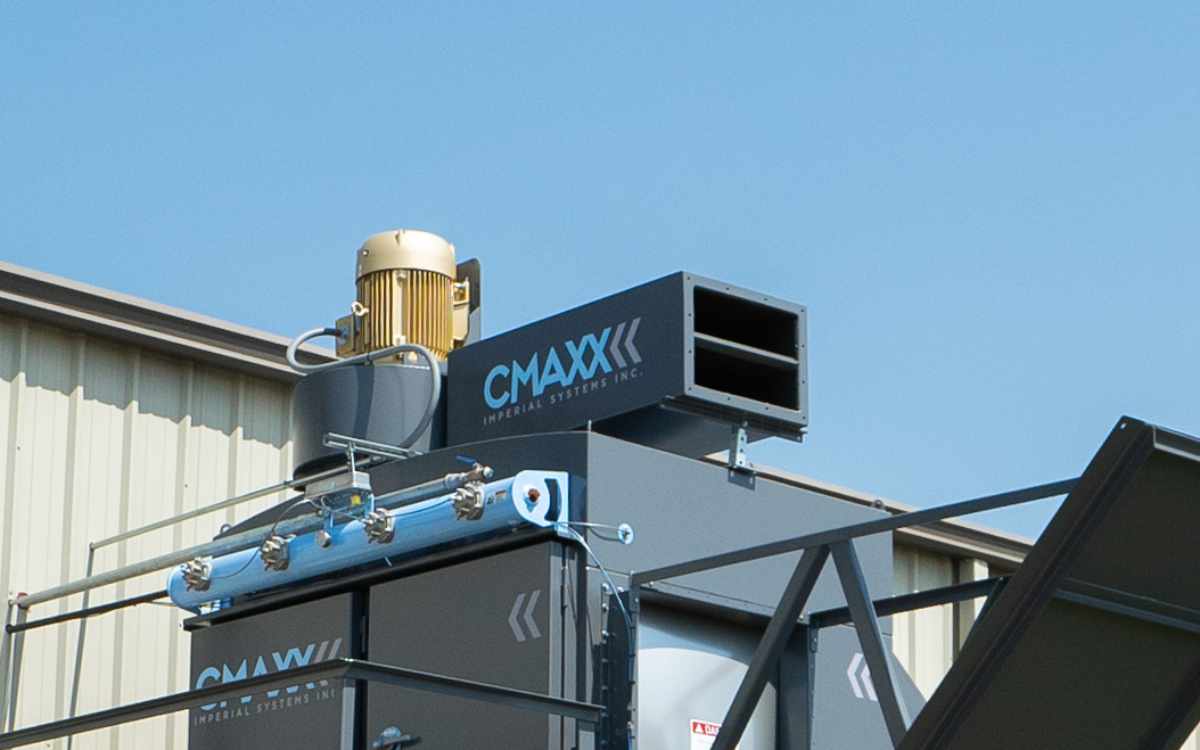Magnesium metal is used in manufacturing across a wide range of industries. It can be found in items that we rely on every day such as car seats, laptops, cameras, and power tools that benefit from being lightweight. According to Research and Markets, the market for metal magnesium is expected to grow at a compound annual growth rate of more than 4% globally by 2026. What this says is that magnesium metal is here to stay, so it’s important to know how to both safely handle magnesium while working with it and how to properly dispose of it and its waste after. This is where dust collection comes into play.
 Hazards of Magnesium Metal Dust
Hazards of Magnesium Metal Dust
Magnesium is an excellent conductor in heat and easily ignites, therefore it must not only be handled with care – it must also be cleaned up with care. While solid magnesium metal may be difficult to ignite, finely ground magnesium dust is “ready ignitable” and can even spontaneously ignite in the presence of water or cutting fluids containing fatty acids. Machining or sawing magnesium can create this airborne dust and grinding residue that can hang in the air and settle throughout the workplace.
Given that it will burn and explode with violence if ignited, it’s imperative that non-sparking conductive tools be used where magnesium metal dust is present. Any smoking, open flames or electrical welding must also be forbidden in places where magnesium is machined, sawed, or ground.
Why Proper Dust Collection is Important
If left to collect on workspaces and equipment, a magnesium metal dust explosion is waiting to happen. Sparks from any source can ignite the substance and the resulting fire can quickly travel. To make matters worse, there is typically more than one explosion as the initial explosion often shakes more accumulated dust that in turn ignites. OSHA says that these later explosions can be far more devastating due to the increased quantity and concentration of dispersed combustible dust.
The danger of having magnesium dust in the workplace is severe, so its handling should be treated as such. According to the International Magnesium Association, grinding dust should be captured in a wet dust collector system that is engineered for magnesium and dedicated to magnesium use only.
Avoid a Dust Explosion with Proper Magnesium Metal Dust Control
Exposure to dust and gasses in factories can be hazardous to workers’ health. Furthermore, flammable dust produces an environment conducive to a fire or explosion. This is especially true for magnesium metal, whose use in manufacturing is expected to rise in the coming years. When working with magnesium metal, make sure that you’re keeping a safe and compliant workspace by monitoring dust collection. It is the only way to ensure the health and safety of everyone when working with a metal that produces a highly flammable, easily ignitable dust by-product.
Consult the Dust Collection Professionals
Make sure the company that constructs and installs your dust collecting system is familiar with and can explain all of the required fire safety equipment to you. Another crucial safety tip is to ensure that the equipment is in good operating order via ongoing monitoring. This involves changing the filters as needed and inspecting and maintaining the collector on a regular basis.
Imperial Systems will work will your business and application to advise you on the safest option for your magnesium dust. We can help you determine what will make your system NFPA compliant, whether it’s our heavy-duty CMAXX Dust & Fume Collector for dry dust or pointing you in the right direction for a wet collection alternative.
If you would like a hands-on education in dust collector maintenance, our ServiceMAXX team can pay a visit and help you establish a maintenance schedule.


